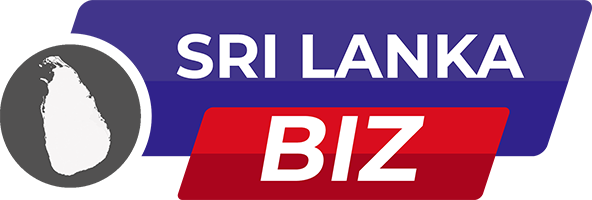Crude oil prices have seen an uptick at the start of this week, following a previous week of losses, as escalating violence in the Middle East stokes concerns over supply. Additionally, signals from the US Federal Reserve hinting at possible interest rate cuts next month have influenced market movements.
Brent crude was trading above $79 per barrel in late morning trade in Asia, while West Texas Intermediate (WTI) hovered above $75 per barrel.
The latest surge in oil prices is also attributed to a global supply decline, which has hit a two-year low. Particularly, OECD stocks are significantly below the ten-year seasonal average, down by 120 million barrels or 4%. US oil inventories have been decreasing consistently over the past several weeks.
Tony Sycamore, an analyst at IG, noted that “Israel’s pre-emptive strike on Lebanon over the weekend to prevent an imminent attack from Hezbollah should ensure a stronger opening this morning as WTI crude looks to extend its rally initially towards $77.50, before reaching $80.00.”
However, Warren Patterson, head of commodities strategy at ING, suggested that “while risks in the Middle East are building following the latest escalation, the market is becoming increasingly immune to these tensions. It has been going on for almost a year now and is yet to have an impact on oil supply.”
Patterson added that any rally driven by these developments might be short-lived unless Iran becomes more directly involved, which would significantly heighten oil supply risks.
In a further boost to prices, US Federal Reserve Chairperson Jerome Powell indicated last week that an interest rate cut is likely on the agenda for the central bank’s upcoming September monetary policy meeting. Speaking at the Kansas City Fed’s annual economic conference in Jackson Hole, Wyoming, Powell stated, “The time has come for policy to adjust. The direction of travel is clear, and the timing and pace of rate cuts will depend on incoming data, the evolving outlook, and the balance of risks.”


